Category: LookingOutwards-05
LookingOutwards-05
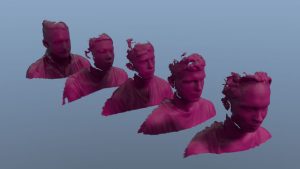
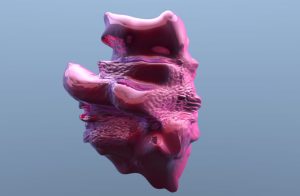
Facial weaponization suite is a project by Zach Blas in protest of biometric facial recognition that began with a series of 3D computer graphics generated from the biometric data of people’s faces. These graphics and the data that created them are then compounded to create “collective masks” that are too amorphous to be comprehended by facial recognition software. These masks protest things like the AI facial recognition technology that was recently developed to “detect gay people based on their facial features”, or to expose facial recognition technologies that do not recognize black people as racist. The intersection between political protest, computer science, and art is an area that I find to be really interesting, and an area that I would enjoy exploring further.
Here is a link to his website.
ctv-Looking Outward-05
https://www.behance.net/gallery/5126039/Structural-Surface-Experiments
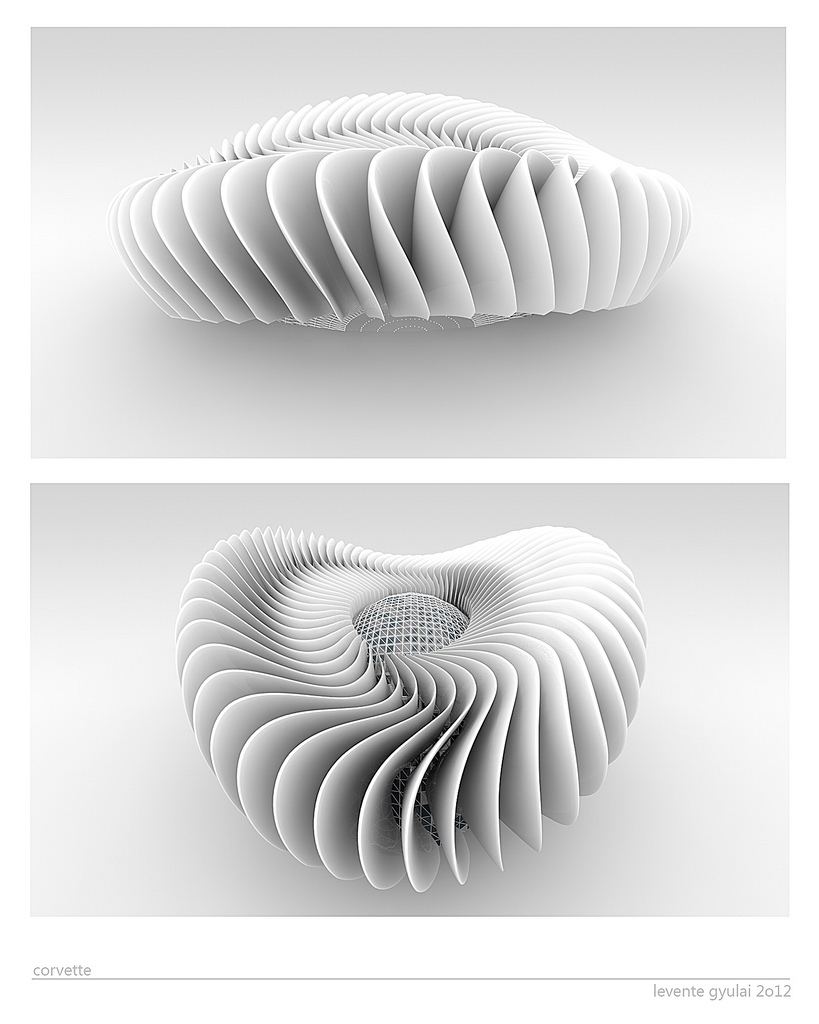
This designer, Levente Gyulai,
made many sketches using a Rhino 3D model software and a plugin called Grasshopper. The plugin is a drag & drop-based programming software that allows creators to quickly make complex generative forms. In the program, parameters are used to tweak surfaces in three-dimensional space. Gyulai’s work is organically inspired, and appears to grow into a form. Grasshopper allows the surfaces to be manipulated on any scale, micro and macro. The type of control allows for complex (and interesting) 3D forms; in this piece, the designer uses large, sweeping curves to create the outside forms with fine tubes on the inside. Although I have not used the Grasshopper plugin, I have used a program structured similarly (Max/MSP) to create generative 3D video art. I love the visual nature, of drag and drop programming languages because it allows me to think about the logic of a program. Coding in P5.JS allows for more detail and complexity than Max/MSP. When coding, if I can’t figure out the logic of what I want to do, I will do a quick sketch in Max/MSP.
aboyle-Looking Outwards-05
“Dynamic Earth” is a 24-minute long video that uses 3D computer graphics to explore concepts related to climate. It was completed in 2012 after a two year long collaboration between Spitz Creative Media, the Advanced Visualization Lab at the National Center for Supercomputing Applications at the University of Illinois, NASA’s Scientific Visualization Studio, and Thomas Lucas Productions, Inc.
I admire this project because it ties together science with beautiful computer graphics. I believe that computer graphics’ potential in the field of education is enormous and I’m glad to see such an impressive product made with those ideas in mind. The algorithms were entirely based on real world data, although I suppose there could have been a few creative liberties with regards to the aesthetic representation. I can tell that the creators have both a love for science and art; in the trailer, scientific models are interspersed with beautiful panning shots of Venus and the ocean floor. Although I don’t have access to the whole film, I’m sure it was beautiful, informational, and impressively cohesive.
hqq – secE – lookingOutwards05
I’m deeply inspired by Morphogenetic Creations by Andy Lomas, currently on display in the LACDA. This piece uses fractalization and data trees to create masses inspired by genetic code. Lomas’ work uses three-dimensional computer graphics to explore organic and natural forms that express theories behind aggregation and creation. I’m particularly inspired by Lomas’ work in this regard because it uses an architecture backstory to consider the spatial cavities that exist within the forms. As they morph and wither, it creates interesting spaces in the voids that, as an architecture student, I find valuable because much of contemporary architecture is derived from this kind of method. In doing so, Lomas second-handedly explores architectural capacities while using computer-generated graphics to dramatically express an expansion on computer- and genetic-based coding.
mstropka-LookingOutwards-05-E
X-Particles is a product made by a CGI company to enable artists to use particle systems to create special effects. Every year when they release a new version of the software, the company creates a showreel to display the different effects that the software affords the users. I think that these advertisements do a great job of bridging the gap between purely computational and creative work.
mmiller5-Looking Outward-05
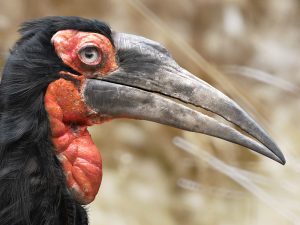
“Southern Ground Hornbill” by Leandre Hounakke
Southern Ground Hornbill is a work by Leandre Hounakke in 2013. It is a photorealistic 3D rendering of the bird of the same name, meaning that everything was created with 3D software — that’s right, no photos! I have absolutely no clue how art can be made like this, basically indistinguishable from the real thing, but that’s what makes this amazing! You can really tell that the artist has an immense attention for detail, especially through the different textures of the feathers, skin, and beak. I admire the level of skill and mastery that this artist has attained and how he is able to utilize them to create work like this.
ifv-LookingOutwards-05
Artist: Thomas Ludwig
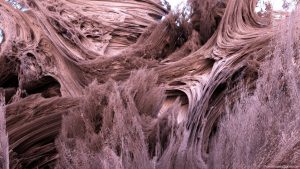
Coral Rift: “unprincipled iteration formula with zillions of iterations, producing an ultrafine “net” of torn microsurfaces (in consequence the surface normal computation is approximate at best)” 3 days of rendering required used Allura Renderer, high res here
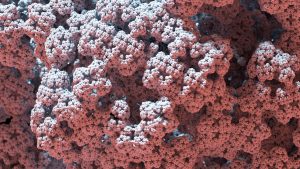
Kaleidoscopic II: digital image created using a fractal distance estimator and rendered overnight on a gtx 970, high res here
What drew me to Ludwig’s work has the levels of detail and depth in his work, the images he creates appear as though they could exist in a real but unusual space. I was also interested in his tendency to create forms that have the characteristics of an electron microscope image of the structure of an object found in nature. Ludwig experiments with different programs for generating and rendering his images, which are usually created by manipulating 3-dimensional fractals. His artistic sensibilities influence how he decides to render, what parameters he sets for depth perception, motion blur, lighting etc. For many of his pieces the minimum render time is overnight; many works take multiple days to render.
More of his work can be found here
Lrospigl – Looking outwards 05 (Quantum Fluctuations)
As I was looking at 3d computer graphics on Behance (a really cool design portfolio website), I stumbled upon this artist’s page who had a lot of 3d graphics. The video (linked bellow) is very interesting and kind of surreal. He uses proton collision and information from supercomputer simulations to create this visual. He visualizes different events that have to do with these collisions, and inputs that information of the simulation to make a 2d and 3d rendering of them visually.
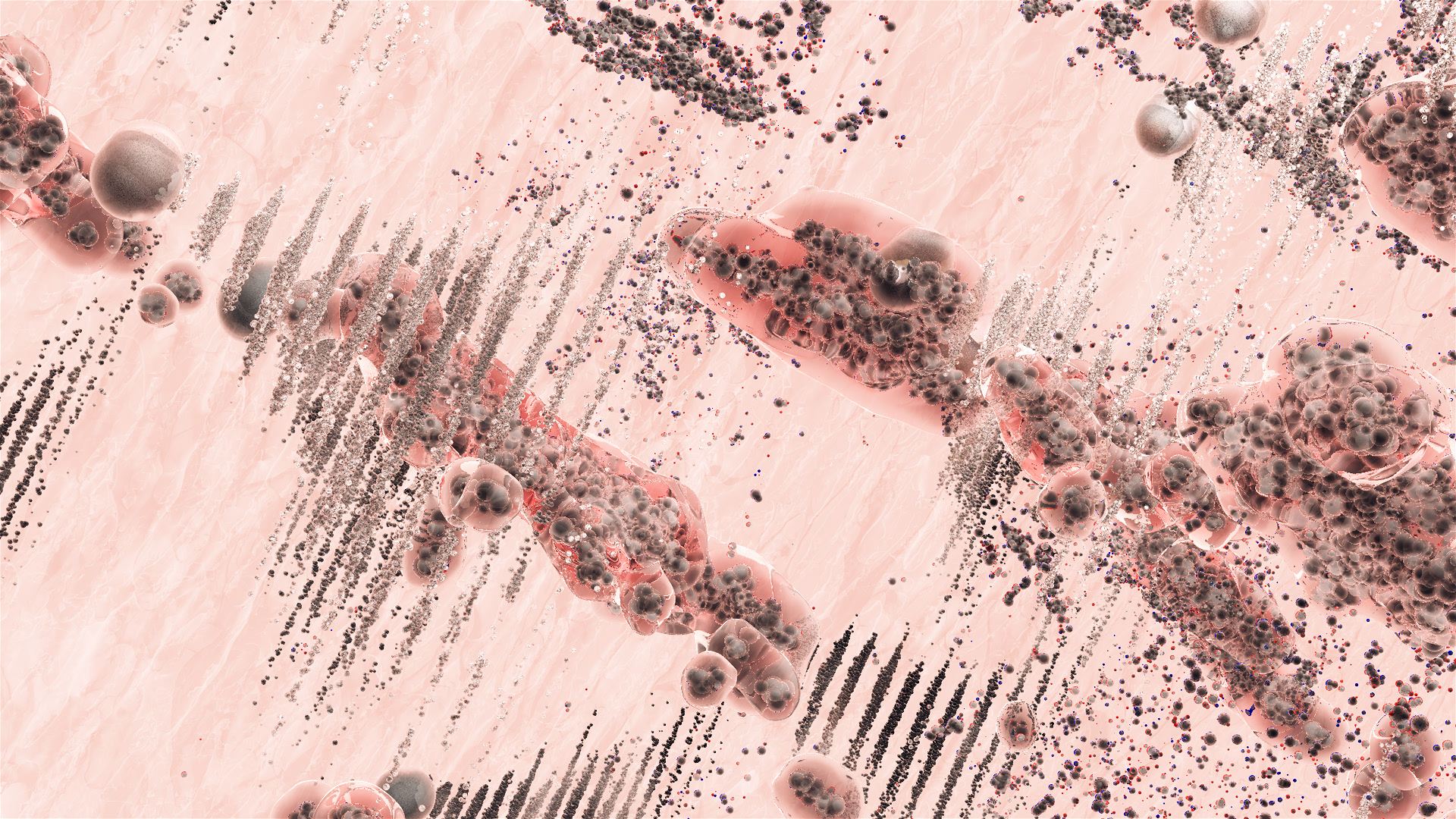

He also has this project where creates human-body-shapes where the only thing you see are blood vessels that are moving, and rotating to give a sense of dimension and perspective.

adev_Looking_Outwards_05
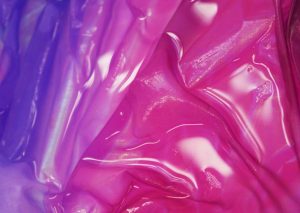
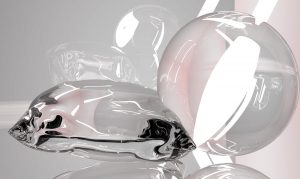
Lucy Hardcastle
I really enjoy the work of Lucy Hardcastle. She studied textiles and has moved on to 3D computer graphics and works specifically with Cinema4D. I think her work is almost too perfect and otherworldly, it has this strange, hyper realistic quality about it. She recently worked with Chanel/i-D magazine in the Fifth Sense campaign for which she created an animation meant to convey scent. She did this through textures in an almost dimension-less space and I thought that work was brilliant.
Even thought it seems to perfect and serene and sterile, it has a very human quality to it because it related back to touch, which is a constant in our lives.
![[OLD FALL 2017] 15-104 • Introduction to Computing for Creative Practice](https://courses.ideate.cmu.edu/15-104/f2017/wp-content/uploads/2020/08/stop-banner.png)